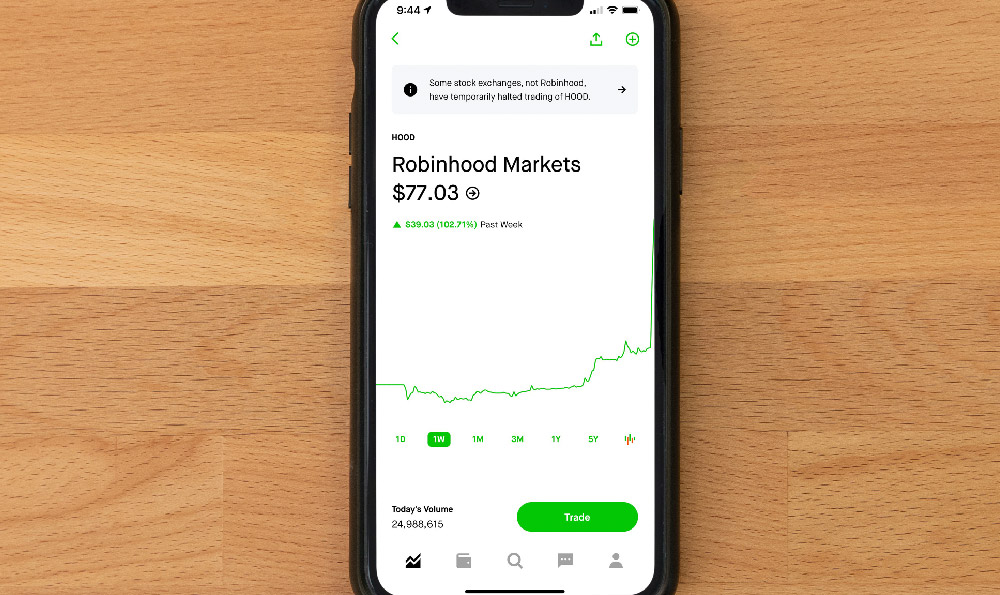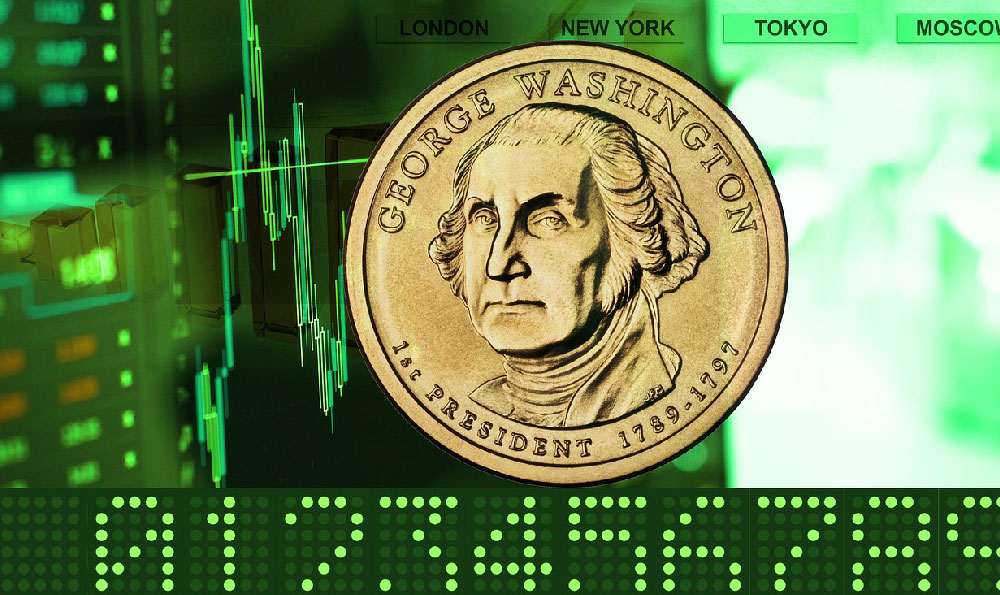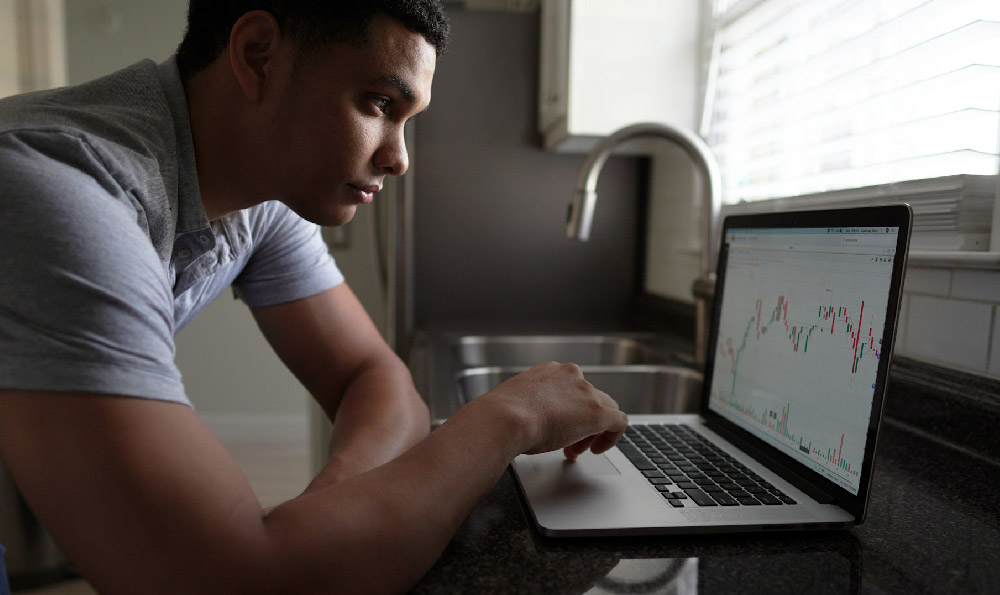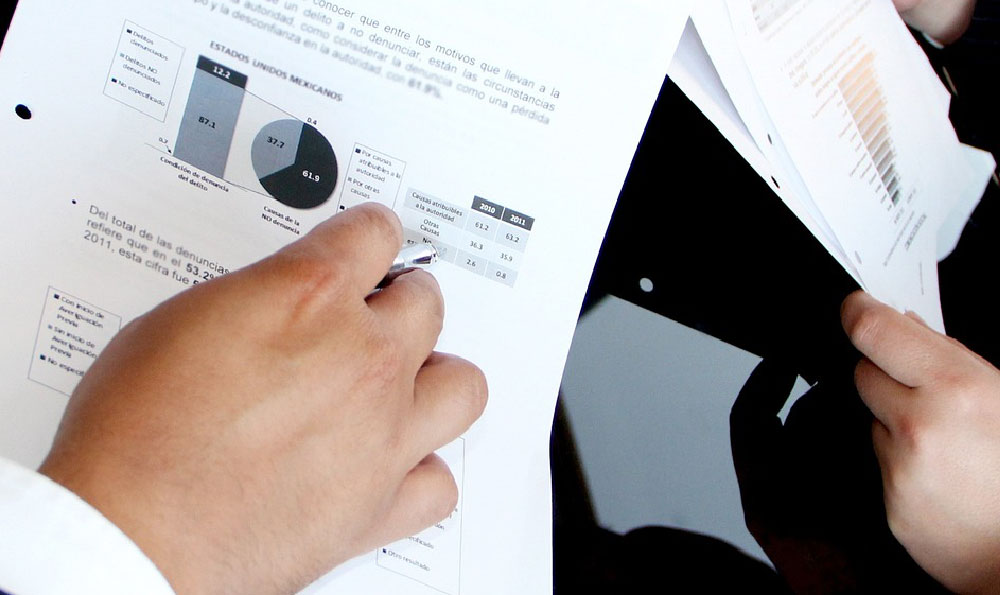Creating a personalized money container is not only a practical way to manage savings but also an engaging activity that fosters financial discipline and creativity. Whether you're a parent looking to teach children about money management or an adult seeking a unique solution for storing cash, the process begins with understanding the purpose and designing a system that aligns with your needs. The key lies in selecting materials that are both functional and adaptable, transforming them into a space that encourages consistent saving habits while allowing for customization to reflect individual preferences or family values. For kids, the container might evolve into a game or a storytelling element, while for adults, it could become a tool for tracking expenses, building emergency funds, or achieving long-term financial goals.
The foundation of any DIY money container starts with identifying the right materials. For children, simple and colorful options like plastic containers, cardboard boxes, or even repurposed jars can serve as an inviting base. These items are not only easy to obtain but also provide opportunities for creative expression, such as painting the container with themes like space, animals, or superheroes. For adults, the focus might shift toward durability and security, prompting the use of metal or wooden boxes with compartments for cash, coins, and digital records. The choice of material should also consider the intended use—whether it's for daily savings, holiday funds, or a piggy bank with a specific target. By repurposing everyday objects, you can reduce costs significantly while adding a personal touch. For example, an old tea tin can be transformed into a decorative piggy bank by adding a hinge and a small slot, while a shoebox can be converted into a budget tracker with sections for different categories of expenses.
Designing the container involves more than just aesthetics; it's about creating a structure that supports financial habits. A simple approach for children might involve dividing the box into sections with labeled cards or colored paper, allowing them to allocate funds for specific purposes like saving for a toy or buying a book. For adults, the design could incorporate features like a built-in calendar for tracking monthly savings goals or a compartment for storing receipts to cross-reference expenses. The addition of small incentives, such as a sticker or a note that rewards consistent contributions, can further motivate both kids and adults to save regularly. For instance, a child might feel proud when their container is filled to the brim, while an adult might find satisfaction in visual progress toward a financial objective.

Assembling a DIY money container can be a collaborative process, especially when involving children in the creation. This hands-on experience not only makes the container more meaningful but also teaches kids about resourcefulness and planning. Start by measuring the dimensions of the chosen container, then cut or modify it to include a secure lid, a designated slot for deposits, and perhaps a small compartment for coins. For a more interactive design, consider adding a "treasure map" or a story prompt inside the lid, transforming the act of saving into an adventure. Adults might take this a step further by integrating digital tools, such as a QR code that links to a savings tracking app or a spreadsheet that allows for real-time updates. The process of creating the container itself can become a lesson in organization, problem-solving, and the value of money.
Once the container is assembled, the next step is to establish a routine that incorporates its use into daily life. For kids, this might involve setting a weekly savings target and allowing them to add to the container each time they receive allowance or do chores. For adults, it could mean designating a specific time each day to review their savings progress or allocate a portion of their income to the container as a habit. The physical act of placing money into the container reinforces the concept of delayed gratification, as it requires patience and self-control to accumulate funds over time. Additionally, using different containers for different financial goals—such as a red box for emergency funds and a blue box for vacation savings—helps in visualizing and prioritizing spending.
Beyond the initial creation, the container can serve as a catalyst for deeper financial education. For children, parents can use the container to introduce basic concepts like budgeting, saving, and spending by discussing how the money is divided and used. For example, a child might learn about the importance of saving for future needs when they see their container slowly filling up with coins for a toy. Adults can further leverage the container to practice goal-setting and financial planning, breaking down larger objectives into smaller, manageable steps. The physical presence of the container or the visual progress it offers can act as a reminder of financial progress, preventing impulsive spending and encouraging mindful money management.
For those seeking additional features, there are countless ways to enhance the container's functionality. Adding a lock to a child's container ensures that the savings remain secure, teaching them about the importance of protecting their money. For adults, incorporating a waterproof layer or a portable design allows for flexibility in carrying the container to different locations, such as the beach or a park. The container can also be upgraded to include digital integration, like a small compartment for a folded sheet of paper with a budget plan or a QR code linking to a financial education resource.
Ultimately, the success of a DIY money container lies in its ability to adapt to the user's needs and inspire a long-term commitment to financial habits. By combining practicality with creativity, you can create a tool that not only stores money but also teaches the value of saving, organization, and goal achievement. Whether it's a simple cardboard box or a custom-designed container with multiple features, the process of creating it becomes an essential step in developing a culture of financial responsibility. The key is to start small, remain consistent, and celebrate progress along the way, no matter how modest.












